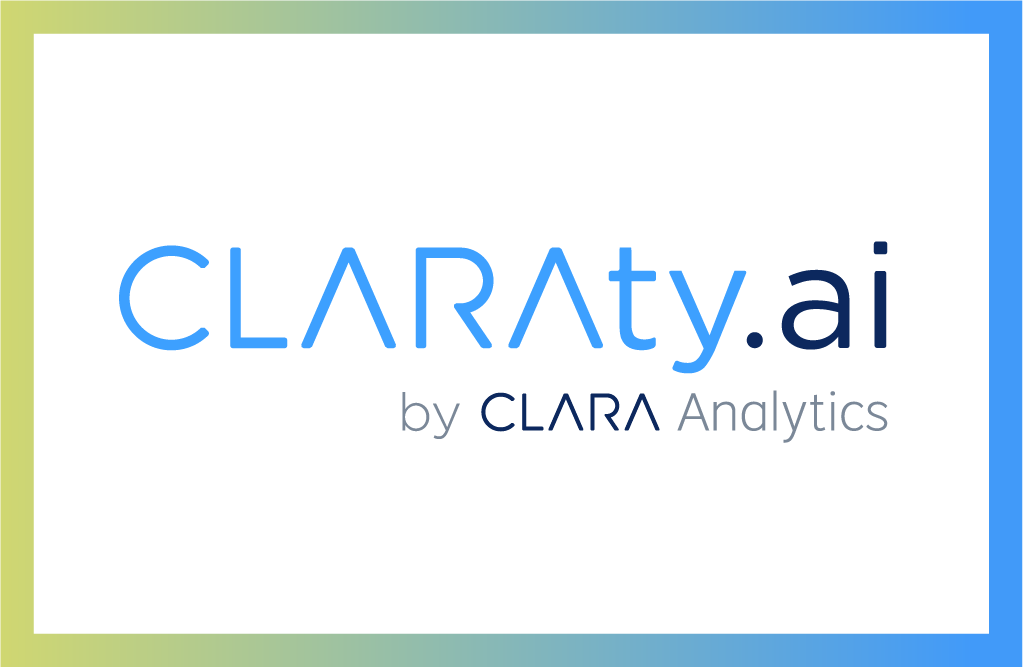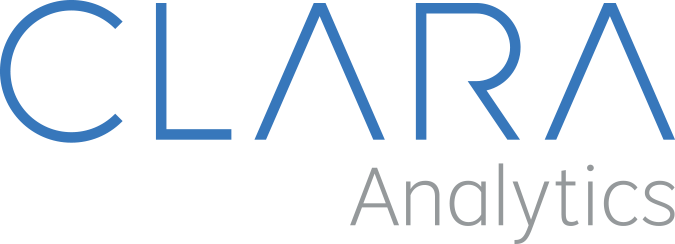Leveraging AI to Combat Social Inflation in Insurance: Insights from Industry Leaders
Highlights from the ITC Session: Fighting Social Inflation and Avoiding Nuclear Verdicts with AI Presented by CLARA Analytics
AI Can Map the Optimal Path for Claims
Heather Wilson, CEO of CLARA Analytics, emphasized the importance of data in addressing the challenges faced by the insurance industry today. She explained how AI-powered analytics can help insurers make data-driven decisions, especially in the face of social inflation. Heather mentioned that insurers need to utilize both their own historical claims data and broader industry data to gain insights into trends, attorney performance, and unfavorable prescription practices.
Heather Wilson: “Our models are trying to remember the optimal course for a particular injury, including treatment and medication. AI detects any deviation from this optimal path, such as additional medication prescribed or the introduction of new body parts into the claim, which may be missed by human adjusters.”
The Insurance Industry Needs to Collaborate to Fight Third-Party Funded Litigation
Paul Brocklebank, CEO of Canal Insurance, shared his perspective on social inflation and its impact on the industry. He provided a vivid example of personal injury attorney billboards in Las Vegas and how the proliferation of such advertisements contributes to rising insurance costs. Paul emphasized the need for insurers to collaborate in addressing this issue and called out the insidious practice of litigation financing.
Paul: “One of the things that’s so attractive to us about CLARA is the promise of not disrupting existing IT projects. CLARA’s ability to handle the heavy lifting and work seamlessly with our data, even when it’s not pristine, was a major selling point.”
Heather: “Our product, Optics, serves as a second set of eyes for adjusters, scanning and understanding the contents of digitized documents, such as medical records and legal demand packages. It helps detect any treatment deviations, sub-conditions, or missed details, making the adjusters’ jobs more efficient.”
Paul highlighted the importance of pragmatic application when adopting AI solutions. He stressed that while AI is fascinating, insurers should focus on practical steps to harness its power for real-world benefits. He emphasized the need for insurers to actively engage with AI rather than wait on the sidelines.
Paul: “Taking something and planting the seed and nurturing it is the true enabler. You can’t wait on the sidelines to see it validate. You have to get involved and take the initial steps to leverage AI effectively.”
Heather: “On the operational side, we’ve had clients achieve up to 98 percent accuracy in segmentation after the first notice of loss. AI helps ensure that claims are routed to the right adjusters, streamlining operations.”
In summary, the conversation between Tyler, Heather, and Paul underscored the transformative potential of AI in the insurance industry. By utilizing AI to gain deeper insights into data, optimize claims processes, and combat social inflation, insurers can not only enhance their operational efficiency but also provide better value to their customers. As the industry continues to evolve, embracing AI as a valuable tool for decision-making remains key to success.
How do we build insurance-specific AI models? Keep reading to learn more about the contributory database that powers CLARA solutions.




